Beyond the Frame 72/
Magnum’s World in Colour exhibition. Six new fine art postcards. First thoughts on the Leica D-Lux 8 compact camera. Plus some cultural recommendations.
Waylaid
First, an apology. I went to London for a week in September, expecting to skip gaily through a series of planned cultural jamborees but, as sometimes happens, fate had made other plans. Long story short, I extended my stay in order to attend to a family matter and my newsletter publishing schedule went out of the window.
I’m extremely lucky to have the patience of paid subscribers – your support makes the newsletter possible – so this edition includes details of a gift, lovingly wrapped and shared with my gratitude.
Now I’m catching up, so this will be a bumper edition. If your email client can’t handle the length, you can read the full edition on Substack. It’s better in a browser anyway because you can see the full-sized images.
London etc.
Before my diary evaporated, I went to Fujikina and visited Magnum’s World in Colour exhibition. You’ll find pictures from that event below.
I also tested a Leica D-Lux 8 camera and I’ve included some sample photos together with my impressions of what might be the most impressive compact camera I’ve ever used.
#SpoilerAlert
I’ve also included a couple of cultural items that resisted the editor’s merciless scalpel. Perhaps I should make a supplement for all the things I was persuaded to leave out of this edition. For example, there’s no space to discuss the camera that shoots at… wait for it… 2 billion frames per second. I can’t delve into why you might want a camera in your toilet, and don’t have time to share my amusing story from Nepal’s dog-worshipping festival.
Nevertheless, I’m really happy to be compiling a newsletter again. I don’t know about you but I’m not great at compartmentalising. This isn’t news to me but it’s been especially apparent in recent weeks. When there’s one aspect of life that remains stubbornly unresolved, I find it almost impossible to concentrate on other things. Is that weird? Answers on a postcard please.
Weird or not, I’m back now and delighted to be sharing some things that I hope you’ll like. On which note…
World in Colour
Regular readers will know I have a soft spot for Magnum’s World in Colour project. It’s appeared in Beyond the Frame 69/ and Beyond the Frame 71/.
Magnum has been digitising slides that have been stored for decades in their Paris archive.
In London I had the opportunity to see some of the original slides as part of the Fujikina event.
Images have been shared in a series of collections, including fascinating behind-the-scenes stories describing how various images came about.
The most recent edition features photographs from the United Kingdom.
I continue to be fascinated by the handwritten captions on the slide mounts and spent as long examining the annotations as I did looking at the pictures.
Perhaps those scribbled captions serve as evidence that each slide is unique. Even after digitisation, the original slide remains the only tangible proof that the photographer was actually in that place at that time. It reinforces the notion of the photographer bearing witness, which is arguably an aspect of the job that’s been diluted in the digital age.
Previous editions of a World in Colour include A Divided Germany, the Mediterranean, France, and Belgium.
The Magnum World in Colour exhibition has now closed in London but I’m sure it will make an appearance in other locations. I’ll be sure to let you know – it’s well worth a visit.
New Fine Art Postcards
I’m an enthusiastic advocate for printing photographs. Screens are fine up to a point, but for those of us who grew up with photo books and magazines, nothing beats being able to hold a photograph in our hands.
Postcard-sized prints are marvellous. If there’s an exhibition or gallery gift shop where postcards are for sale, I’ll be in the checkout queue. Postcards are small enough to use as bookmarks and I’m often finding cards in old books that I didn’t quite finish, which is a treat. They’re a really inexpensive way of owning a piece of art and, best of all, they’re designed to be shared. Accessible, affordable, portable, shareable – I give you… the humble postcard.
I’ve selected six images that are now available on my website as postcards in packs of 10 or 20.
I’ve found a printing company which produces postcards on heavyweight 324gsm Mohawk paper. The paper is sustainably sourced and beautifully smooth to the touch. A matt finish enhances the images’ tones and I’ve taken great care to process the images in a way that’s sympathetic to the printing process.
I think they look great in a frame, or casually leaning against a pile of books on a desk – or on a fridge door! And, of course, they’d brighten the day of a special friend. So stick on a stamp, write a meaningful message, or an impressive haiku and help keep the postal service alive.
There are six images from five continents. Each has a special meaning to me, which I hope will resonate with others.
Asia
After a long day trekking in the Himalayas, the sight of a cosy teahouse is always welcome. Facilities are rarely more than very basic and candles typically provide the only source of illumination.
This young girl was captivated by the flame, watching it burn the candle down towards her hand. Each time one of the teahouse guests walked through the room, the flame danced in the shifting air. For a moment, before she gently blew out the flame, it seemed as if the final remnants of the candle had disappeared and the flame was magically suspended above her fingers.
I love her look of concentration as she calculates just how long she can allow the flame to live.
I photographed this lotus flower in Indonesia. The lotus is one of the most universally enduring symbols. The lotus thrives in muddy water yet rises to bloom in elegant purity. In many Asian cultures it has come to symbolise renewal and spiritual awakening.
I like the simplicity of this composition. An overcast day provided the perfect diffuse lighting to bring out the details in the delicate petals.
Oceania
I made this photo on Piha Beach, on New Zealand’s North Island. If places can have a soul, Piha and Karekare beaches might be my geographical soul mates.
As the sun floated above the horizon, the sky caught fire, mirrored in the tide-washed sand. Two surfers heading home contributed their silhouettes. For me, this image evokes that sense of quiet satisfaction to be found at day’s end, when you’ve spent time in the company of a friend, pursuing your passions, and reached the point at which spoken words are no longer necessary.
Europe
It’s Aperol Spritz time in Vienna. In a city where we are spoiled for choice of impressive cityscapes, a view of the baroque columns of Karlskirche reflected in a pool is one of the finest.
Americas
Liberty’s steadfast hand holding the tabula ansata inscribed with the date of the US Declaration of Independence is a hopeful image. Life, liberty, and the pursuit of happiness. These truths remain self-evident and, somehow, this close-up of the Statue of Liberty reassures me that those aspirations will endure.
Africa
Another ‘end of the day’ image. This time from the Maasai Mara in Kenya, heading home after a rewarding safari. When a considerate eland stands in the perfect position beneath a gently curving balanite tree and the sky lights up like this, there’s only one thing to do: count your lucky stars to be in this place at this time.
Paid Subscriber Gift
As a thank you to readers with a paid newsletter subscription, I’d love to send you a pack of ten postcards. You can choose any design. You’ll find a unique code at the foot of this edition.
Apply your code at the checkout for a free postcard pack. You only have to cover the cost of shipping, typically €4.99 unless you live in some remote part of the world like Antarctica – or, apparently due to tariffs, the USA!
Of course, there’s nothing to prevent you from ordering a second design whilst you’re in the shop. 😁
Leica D-Lux 8
For some time I’ve been searching for a camera that will fit in the space between a phone and a full-frame rangefinder or DSLR. Does the compact Leica D-Lux 8 fit the bill?
When it comes to cameras, my gear lives at opposite ends of the size and weight spectrum. At the business end, I have full-frame DSLRs and Rangefinders. They’re reliable, they’re robust, they get the job done.
At the other end is my phone. It’s convenient, of course. And if, as the popular saying suggests, the Best Camera is the one you have with you, my phone is sometimes the best camera.
My challenge is that the larger cameras are sometimes too cumbersome to carry every day, whilst the phone can’t be expected to create really versatile image files. It’s limited by the size of the sensor and the inescapable physics of tiny lenses. Computational adjustments attempt to mimic the characteristics of larger lenses but the phone camera is a compromise, at best.
So I’ve been searching for a camera that can produce good-quality RAW files whilst being small enough to carry in a pocket. These were the criteria I jotted down:
Compact Camera Criteria
Pocket-sized (Literally. Not requiring pockets with the capacity of a wheelbarrow)
Range of focal lengths, equivalent to at least 28mm to 75mm
Wide aperture, minimum ƒ/2.8
Reasonable sensor size
Full manual control
Custom profiles for quick access to pre-determined settings
Reasonable battery life + fast charging
Discreet look
Considered Options
There are a few fixed-lens cameras that meet some of the criteria.
The Leica Q3 and Q3 43 are impressive cameras with full-frame sensors but they’re not quite “pocket-size” and the fixed lens is a deal-breaker.
Similarly, Fujifilm have some popular fixed-lens cameras that meet some of my criteria but, crucially, not all.
Having vowed to only buy a camera that delivered everything on my list, I thought I’d exhausted all the potential options without discovering the Holy Grail.
Then, serendipity popped up and I met a photographer using a Leica D-Lux camera. At first glance, it looked promising and their enthusiasm for the camera prompted me to investigate.
The excellent Digital Photography Review website provides all the specifications, which I ticked off against my list.
✅ Pocket-sized. Tiny and <400g
✅ Range of focal lengths. 24–75mm equivalent
✅ Wide aperture. ƒ/1.7
✅ Reasonable sensor. Four-Thirds
✅ Manual control. Yes
✅ Custom profiles. Yes
✅ Reasonable battery life. Yes
✅ Discreet look. Yes
Caveats
It looked like the Leica D-Lux 8 might, in fact, be exactly the camera I’d been searching for.
I had an hour in central London to test the D-Lux 8 and it performed well.
There’s plenty of shadow detail, which was one aspect of a four-thirds sensor that I wasn’t absolutely confident about.
The Leica D-Lux 8 is a reasonably responsive camera although as some reviews point out, the electronic zoom isn’t rapid and the camera can be slow to start. I tend to keep my cameras switched on and I’m not constantly switching focal lengths so, for my purposes, these limitations aren’t problematic.
So I sold another kidney and bought the D-Lux 8.
I also bought a Leica Auto Lens Cap, which remains attached (no more searching for a lens cap) and opens and closes in a pleasing fashion.
The D-Lux 8 also comes with a teeny-weeny flash that would not look out of place in a doll’s house. It’s not going to light up a ballroom but it’s surprisingly bright and perfectly adequate for using as a fill-flash for portraits.
The removable battery can be charged in-camera via USB-C but there’s no battery charger included. I like to carry plenty of spare batteries, so I also invested in a third-party battery charger, which allows me to charge three batteries simultaneously if the camera is connected.
Live Concert Test
From the seventh row of a concert venue (Suede at the Southbank Centre if you’re interested), the camera performed very well. Being small enough to slip into a pocket also meant that it wasn’t considered to be a “professional camera” at the door.
Concert lighting changes so rapidly it can be a challenge for many cameras to get an accurate exposure. Plus, you really want to be underexposing to prevent blown-out highlights and doing that in a phone app is fiddly and often hit-and-miss.
That’s not a problem for the D-Lux 8 though. With full manual control and easy access to exposure compensation, I feel like I was able to capture something of the atmosphere.
Landscape Test
Finally, a short walk in the English New Forest provided a chance for a more relaxed test. The zoom lens is wide enough for landscapes, and sufficiently zoomy (not a real word) for details and to compress perspective a little.
The camera handled backlit exposures competently. Or, more accurately, I was able to make manual adjustments easily to get the exposure values I wanted.
The pictures from the World in Colour exhibition (above) were also made with the D-Lux 8.
Summary
I love it.
The files are big enough for printing and a well-exposed image wouldn’t look out of place in a glossy magazine.
There are a couple of caveats:
It’s too easy to inadvertently shift the auto-exposure box and there’s no quick way to re-centre it.
The aperture selector ring doesn’t stop turning when it reaches the widest aperture. Another click moves it to the Auto Aperture mode. Because I try to photograph without needing to look at the camera, I found that I was sometimes using Auto Aperture when I thought the camera was at ƒ/1.7.
Both of these quirks are user flaws more than camera limitations. I just have to get accustomed to the way the camera works.
Finally, it’s a Leica, which means two things:
It’s built to last, feels solid, and I’m confident that everything about it is beautifully engineered.
It’s expensive. But I’m a firm believer that you get what you pay for.
The D-Lux 8 has replaced my phone as the camera I always have with me, which according to the “Best Camera” principle, makes it the best camera I own.
The Leica D-Lux 8 fills a niche position in the camera market. Perhaps that’s why there aren’t really any similar cameras available right now. Had there been an option to buy a Panasonic or a Fujifilm camera that met my criteria, I might have opted for one of those instead.
But I’m really glad there aren’t because I would have missed out on a camera that, work aside, I’m likely to be using more than any other. These days, before I go out, my mental checklist is “Wallet? Keys? Phone? Leica?”
When it’s possible to include a very capable Leica camera in the list of things you carry in pockets when you leave the house, that’s a reason to be satisfied.
Availability
A new Leica D-Lux 8 costs £1,450 in the UK, €1,590 in Europe and $1,915 in the US and is currently in stock at MPB and B&H.
And finally…
I have two quick cultural items. I had to wrestle my editor to include them but I think it will be clear why I think they’re worth the extra space.
The Nerve
Recently, the Guardian News & Media group inexplicably gave away The Observer – the world’s oldest Sunday newspaper. Five highly-respected female journalists and senior editors were sacked or quit. With their redundancy payments, they’ve created The Nerve, a “fearless, female-founded media title”.
“We believe culture – made by humans for humans – is the best guide to understanding our increasingly chaotic world”
The indefatigable investigative journalist Carole Cadwalladr is one of the five. Contributing columnist, comedian Stewart Lee, neatly sums up the value of her contribution:
“Carole understands that the only story in town is how the tech-bros choose what news we see and how we understand the world, and The Nerve will address this head-on.”
I’ve no doubt that Carole’s tireless investigations will continue to be a thorn in the side of those who are very much in need of thorns in their sides.
And if that’s not enough, they’ve recently shared a recipe for baharat chicken traybake. Piercing investigative journalism and heartwarming Middle-Eastern cuisine… I think that’s all the important bases covered.
You can read The Nerve at https://www.thenerve.news
Please subscribe to The Nerve’s free newsletter and, if you’re able, consider a paid subscription to support this worthy endeavour.
Desert Island Discs – David Nott
I’ve calculated that I mention the long-running BBC Radio 4 show, Desert Island Discs, at least once every 12 editions of this newsletter. It’s impossible to overstate how much I love Desert Island Discs.
“Desert Island Discs is one of the top five greatest things ever created by humans.”
– Gavin Gough
There’s something beautifully simple about inviting interviewees to share their favourite music whilst speaking about their lives. Music opens doors to powerful memories and evocative stories.
Many episodes are emotionally charged. None more so than the interview with vascular surgeon David Nott.
David’s recollections of working on the frontline of war zones around the world are harrowing and humbling. But it is his very human, very personal story of having lunch with Queen Elizabeth II whilst he was suffering from PTSD that touches most deeply.
He also shares, in stereotypically understated British fashion, the romantic story of meeting his wife and the birth of their first child, which really ought to be made into a screenplay.
If you want the full gamut of human emotion, from elation to despair and back again, condensed into a 30-minute radio interview with time for seven pieces of music, this episode of Desert Island Discs fits the bill.
It is, in every way, perfect.
You can – and you really should – listen to the episode on the BBC Radio 4 website.
The Kindle version of David Nott’s book, War Doctor: Surgery on the frontline is currently only $1.99.
The next newsletter edition will be published on Sunday and then I’ll be back to publishing on Wednesday and Sunday. Probably. 😁
Until next time, go well.
Directory: Beyond the Frame newsletter archive.
Resources: Recommended books, films, gear, media etc.
Beyond the Frame 71/
- A Postcard from Perpignan II.
- Photos from the Magnum archive show a divided Germany.
- Nick Ut at Visa pour l’Image.
- A Geneva Photo Walk.


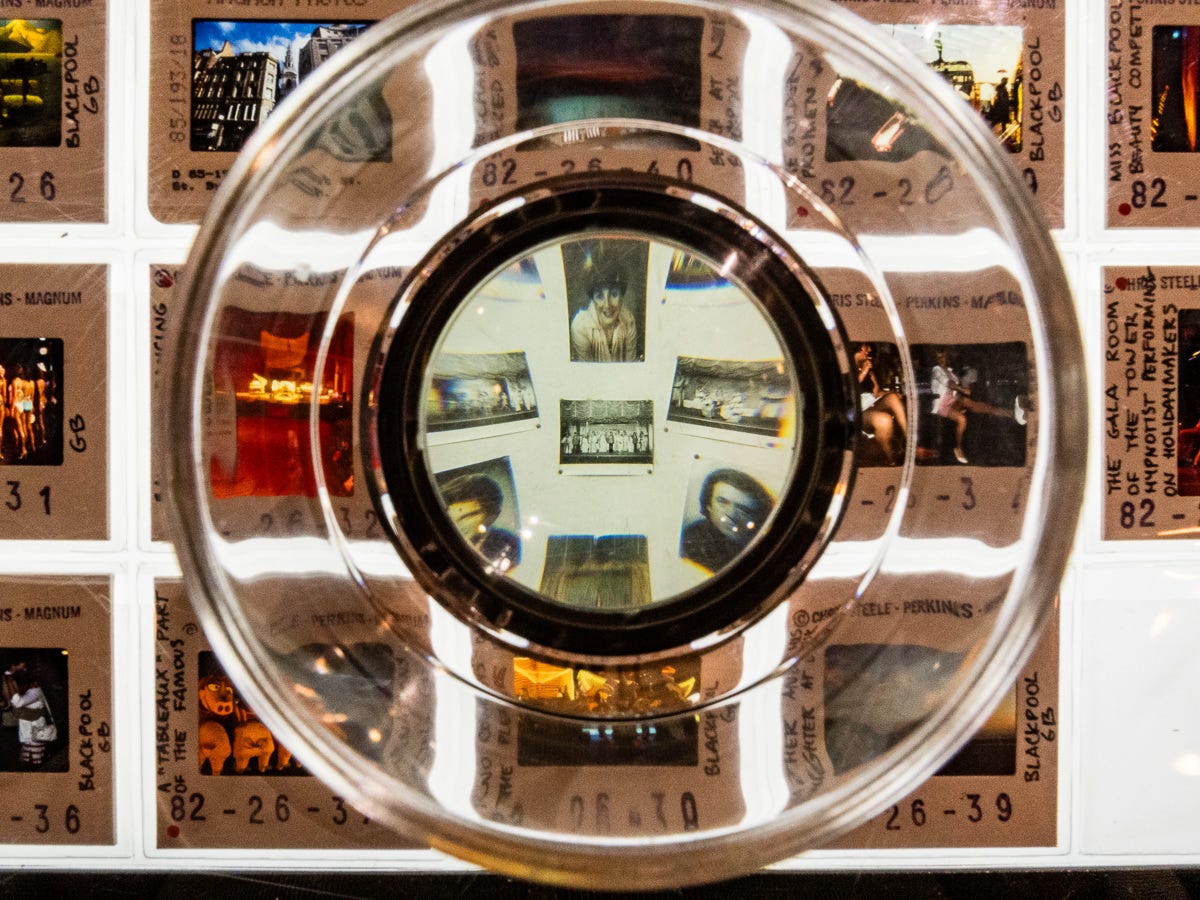

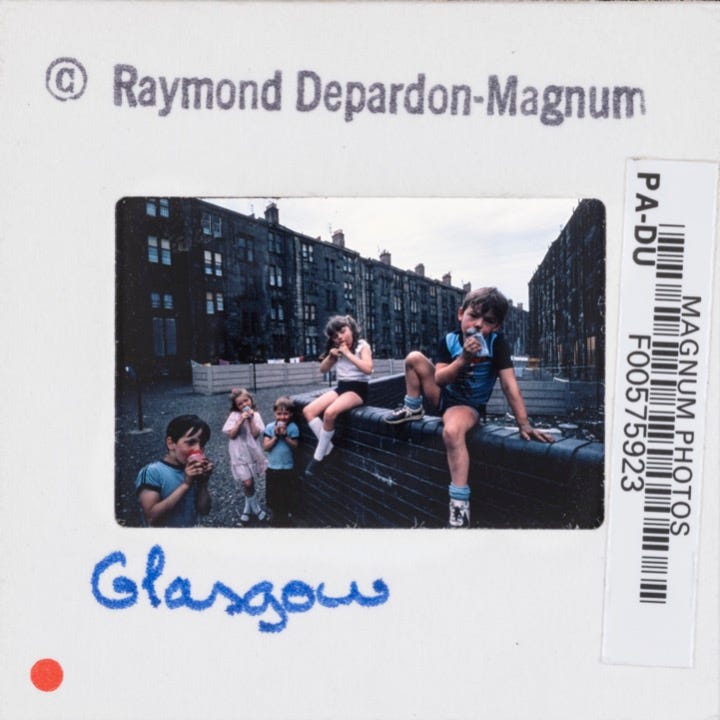


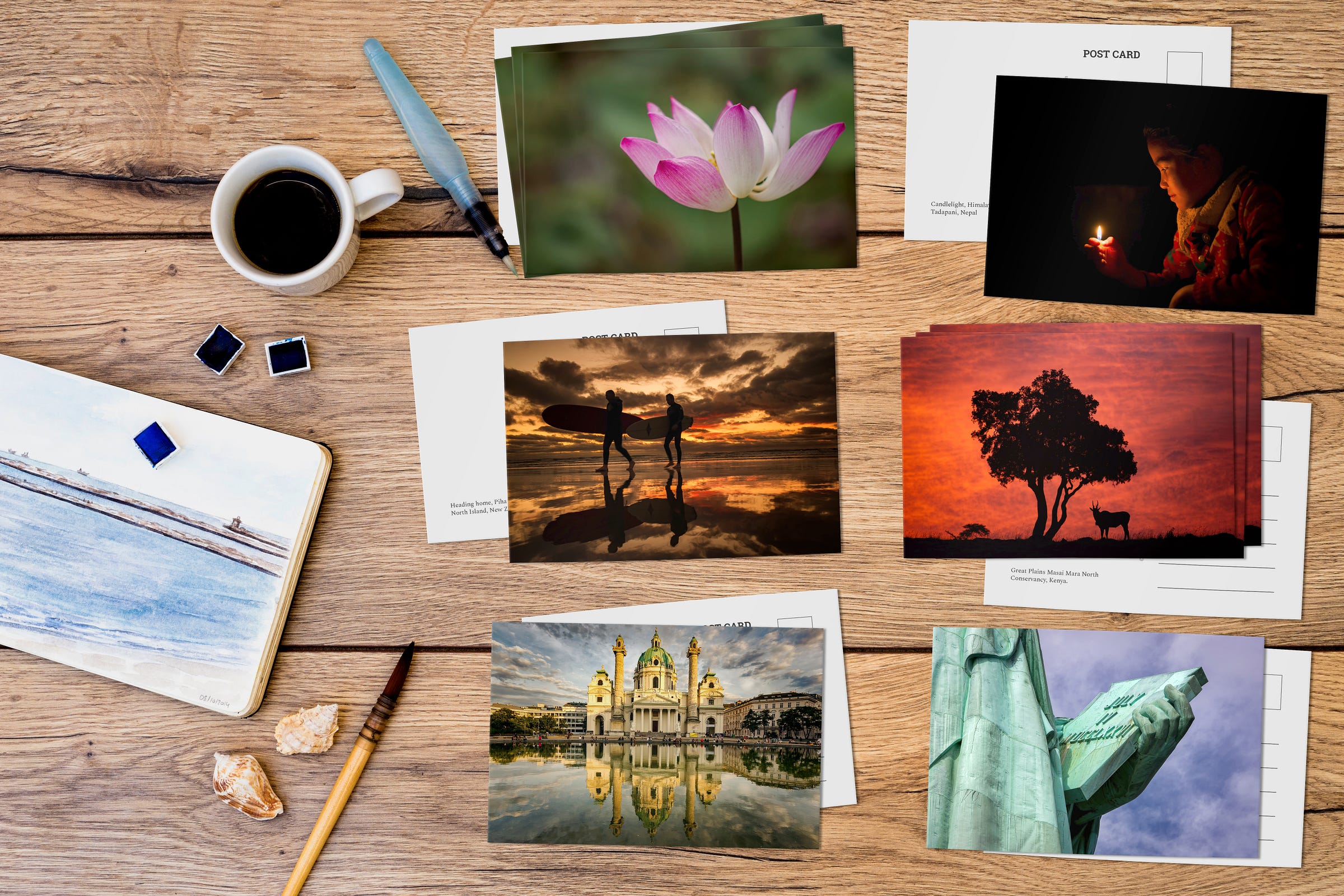
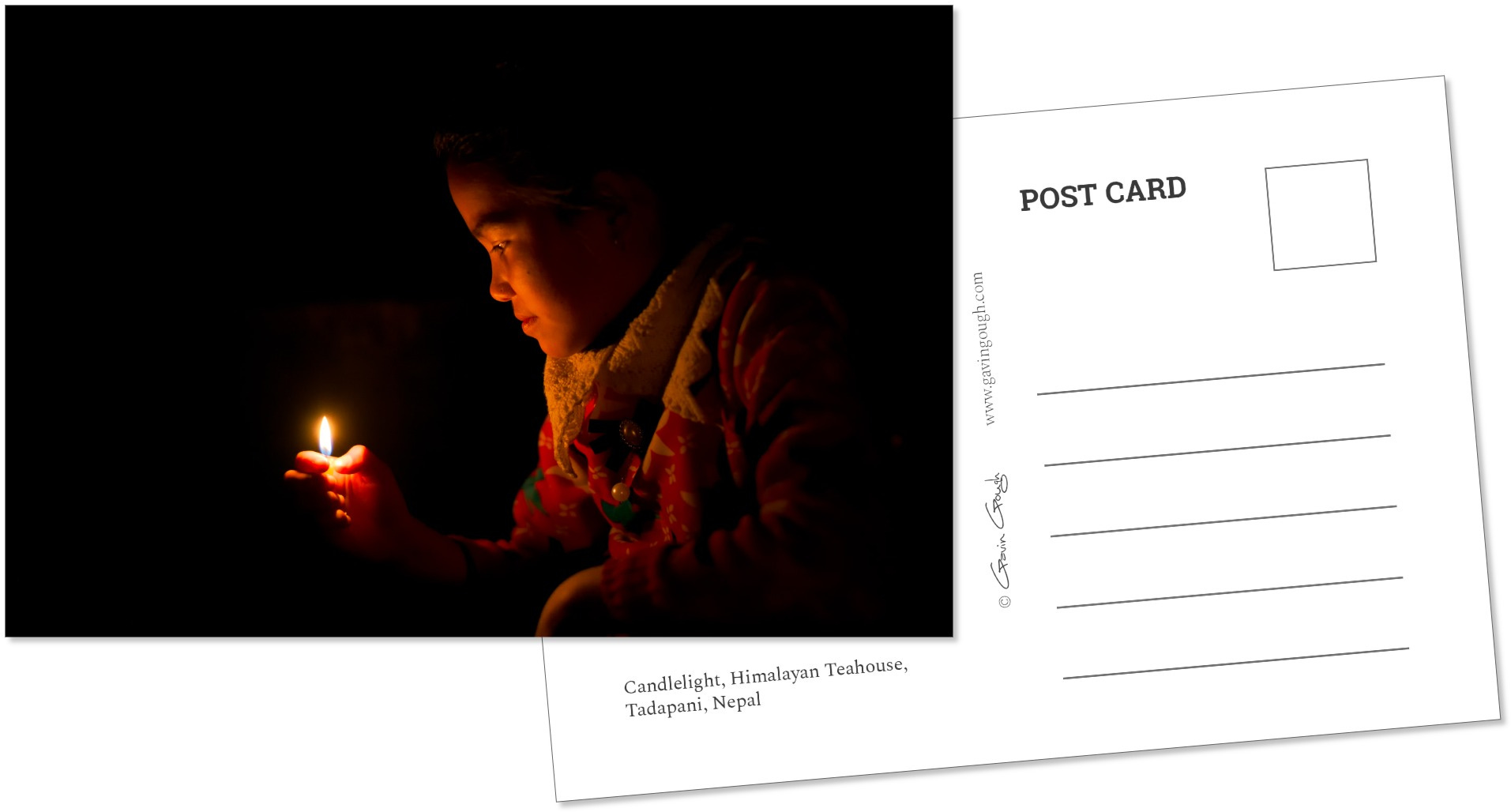
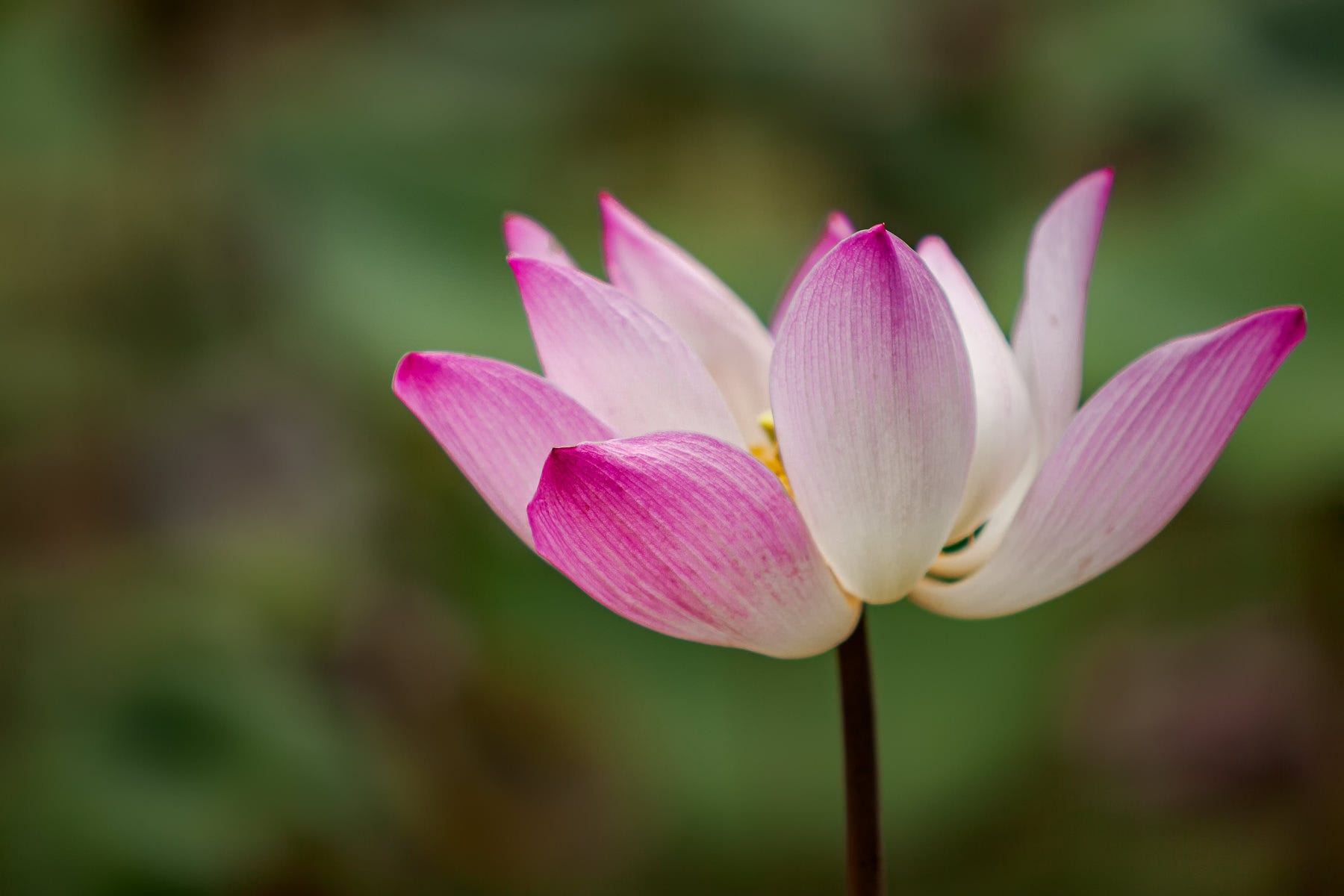
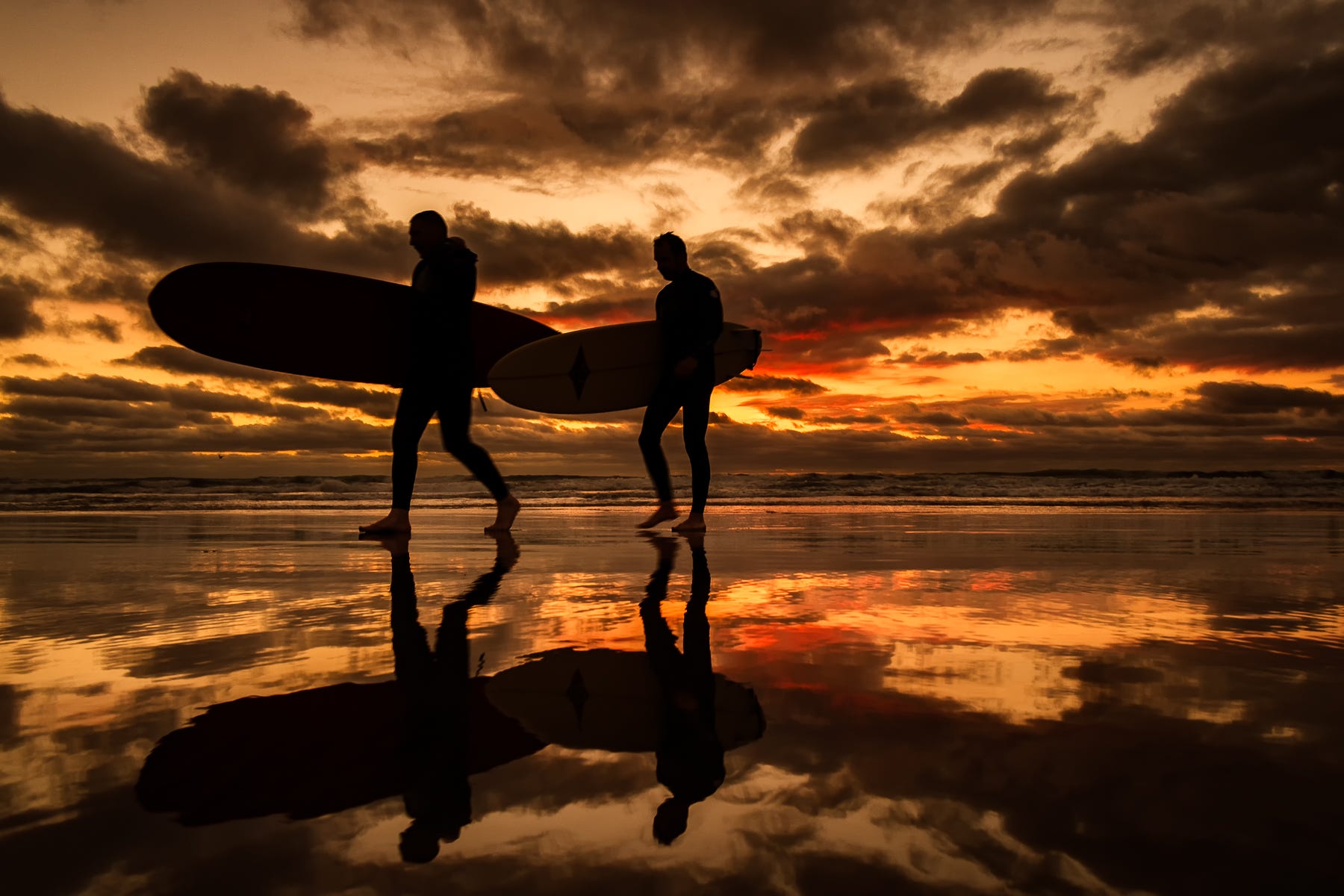
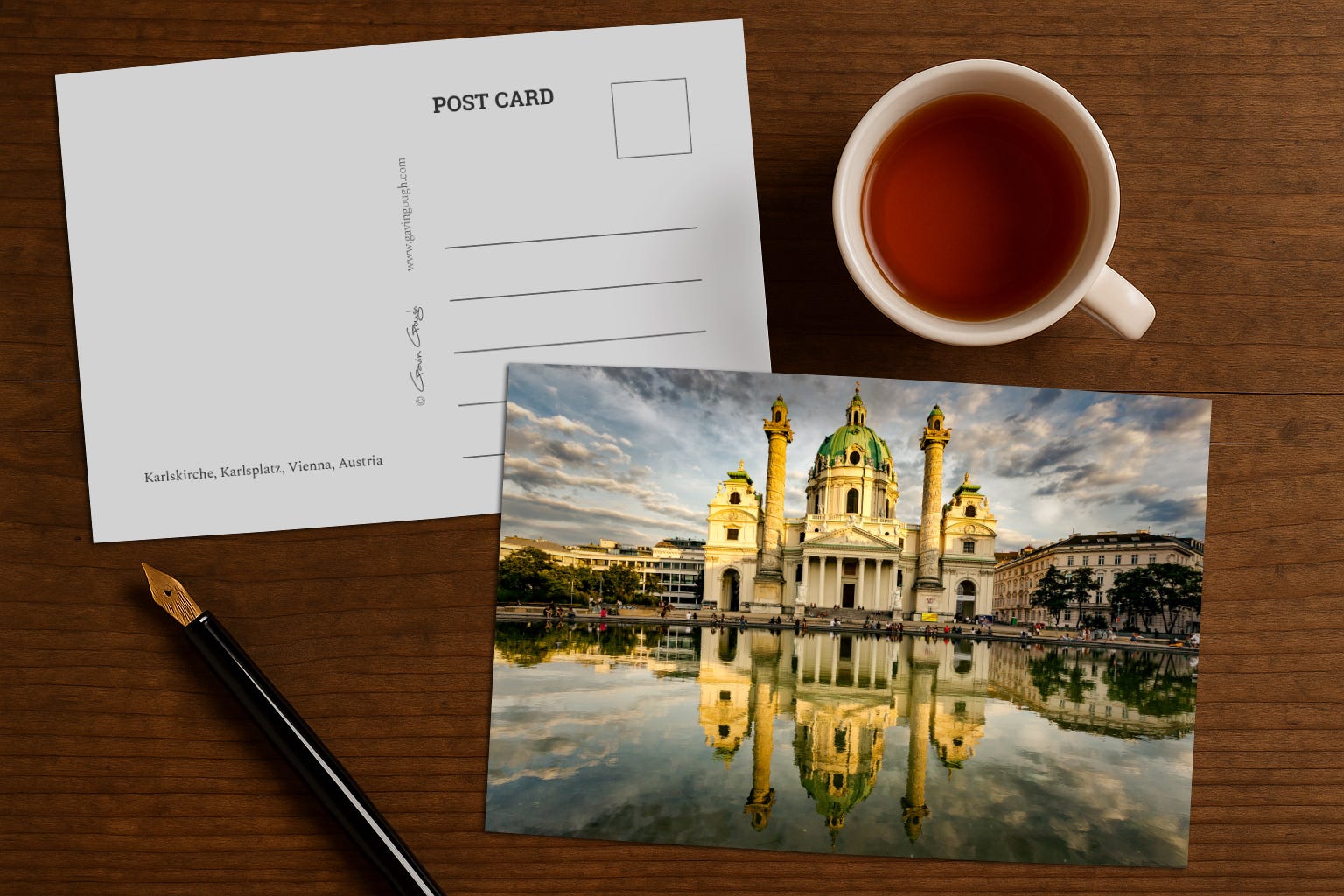
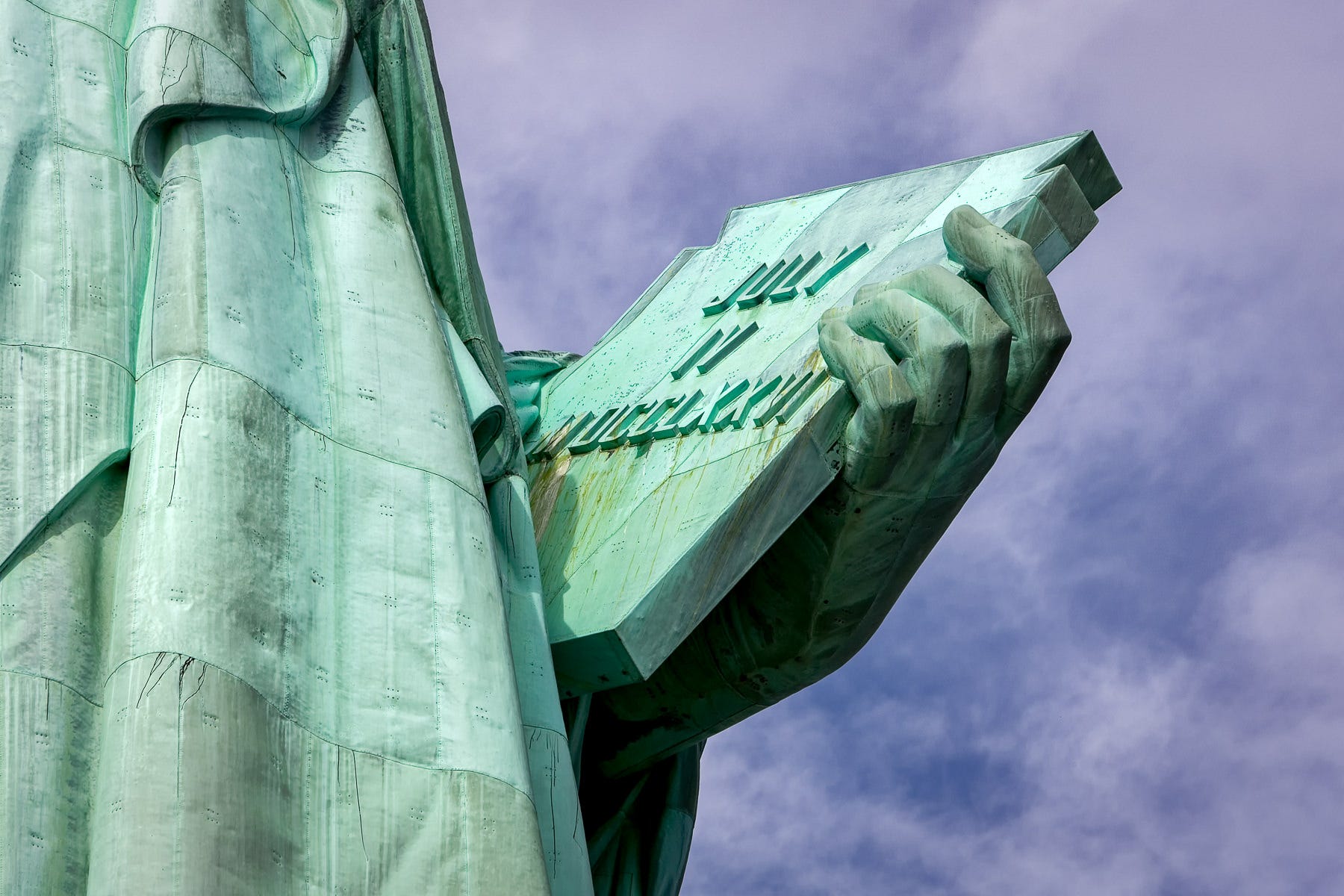
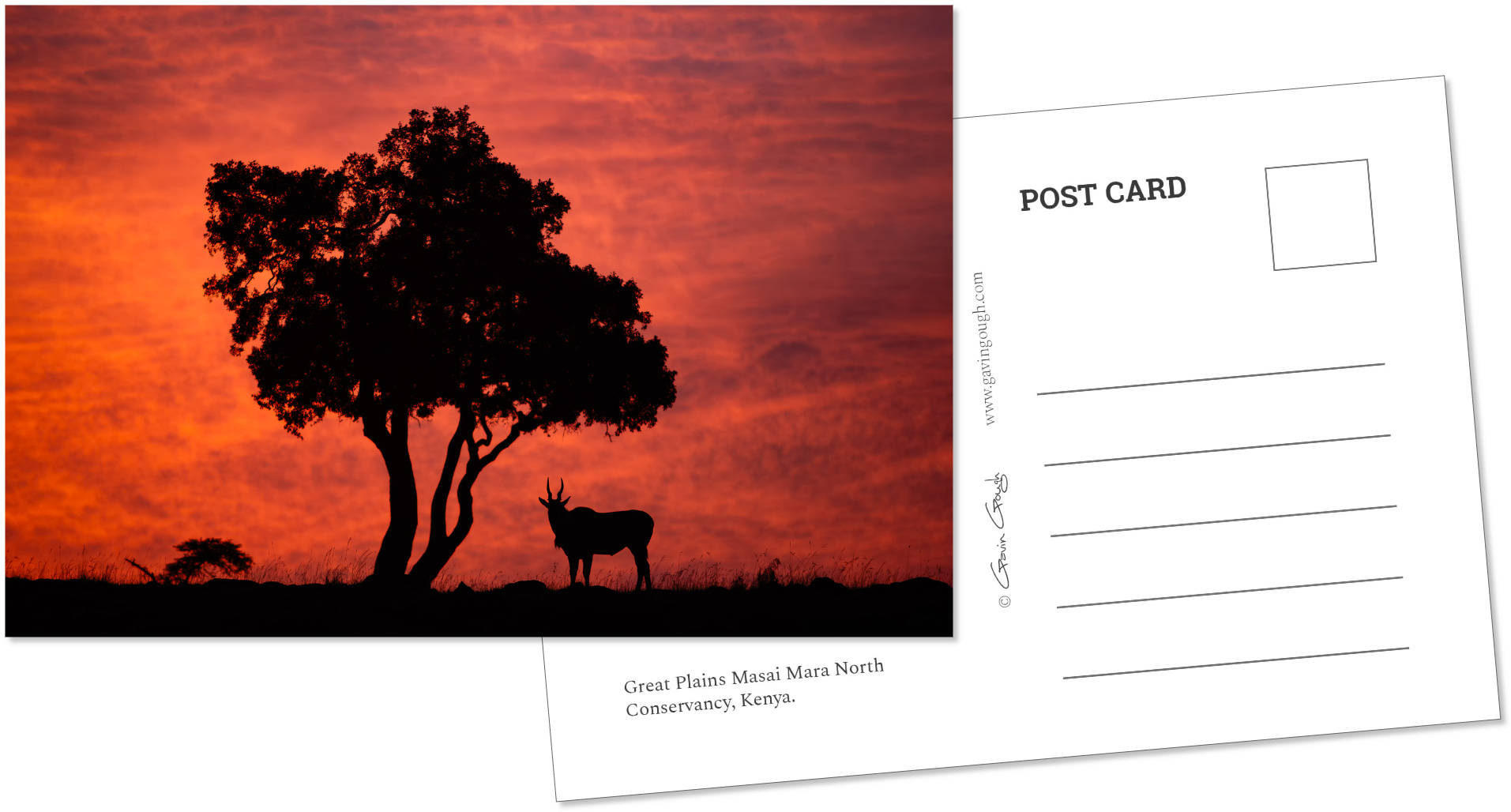


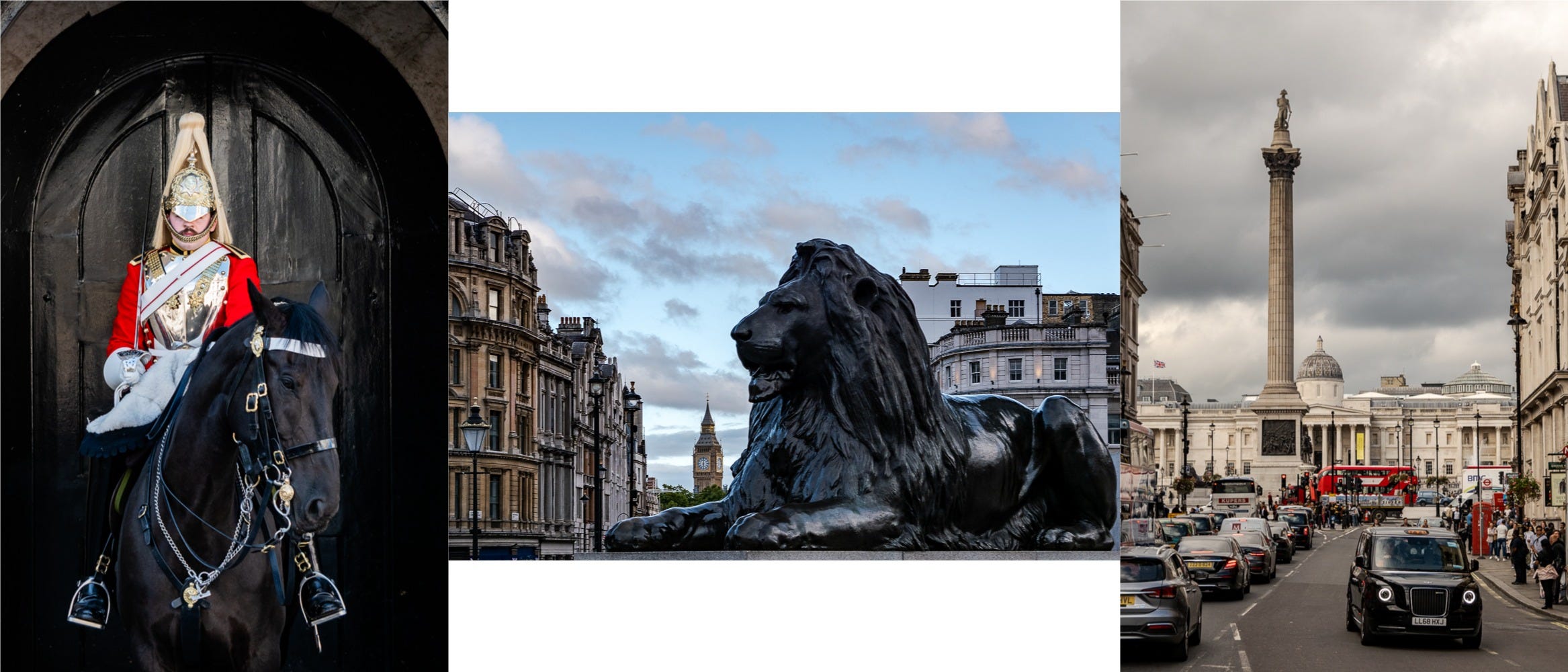
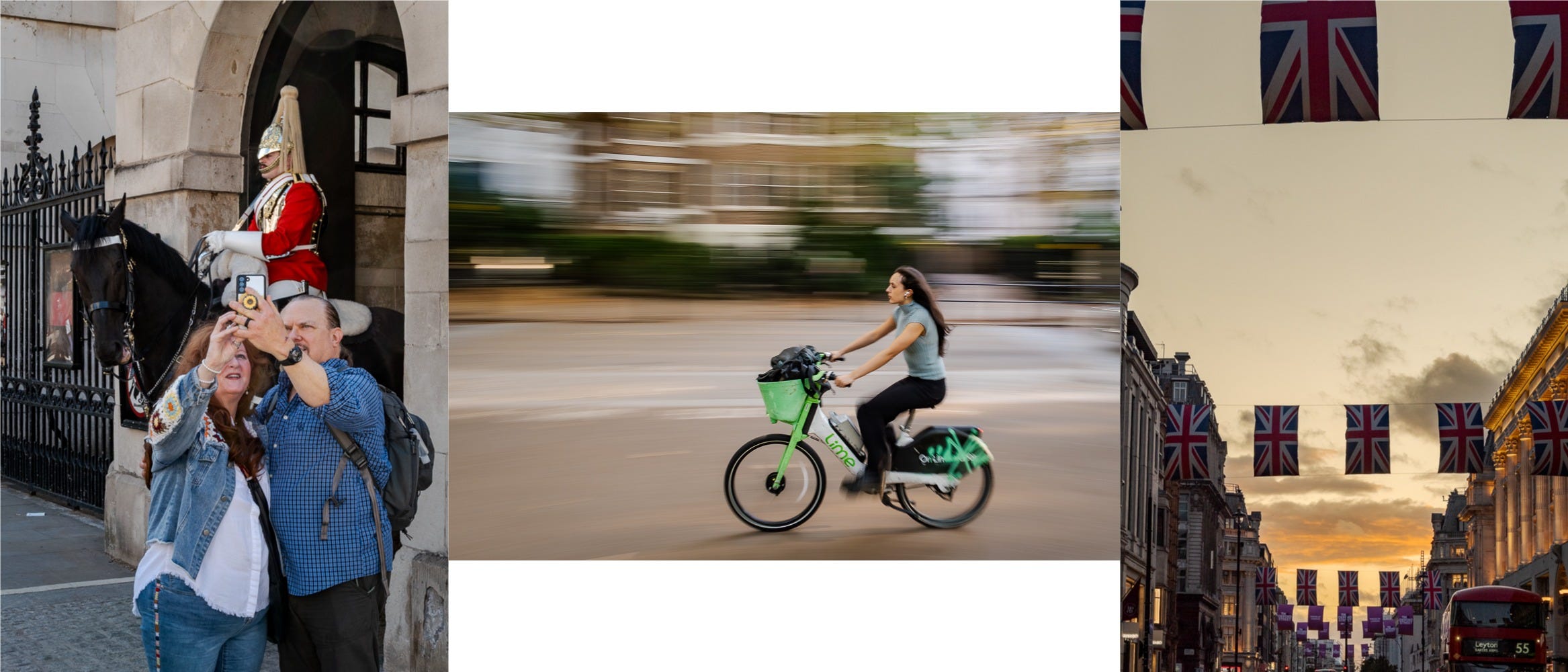
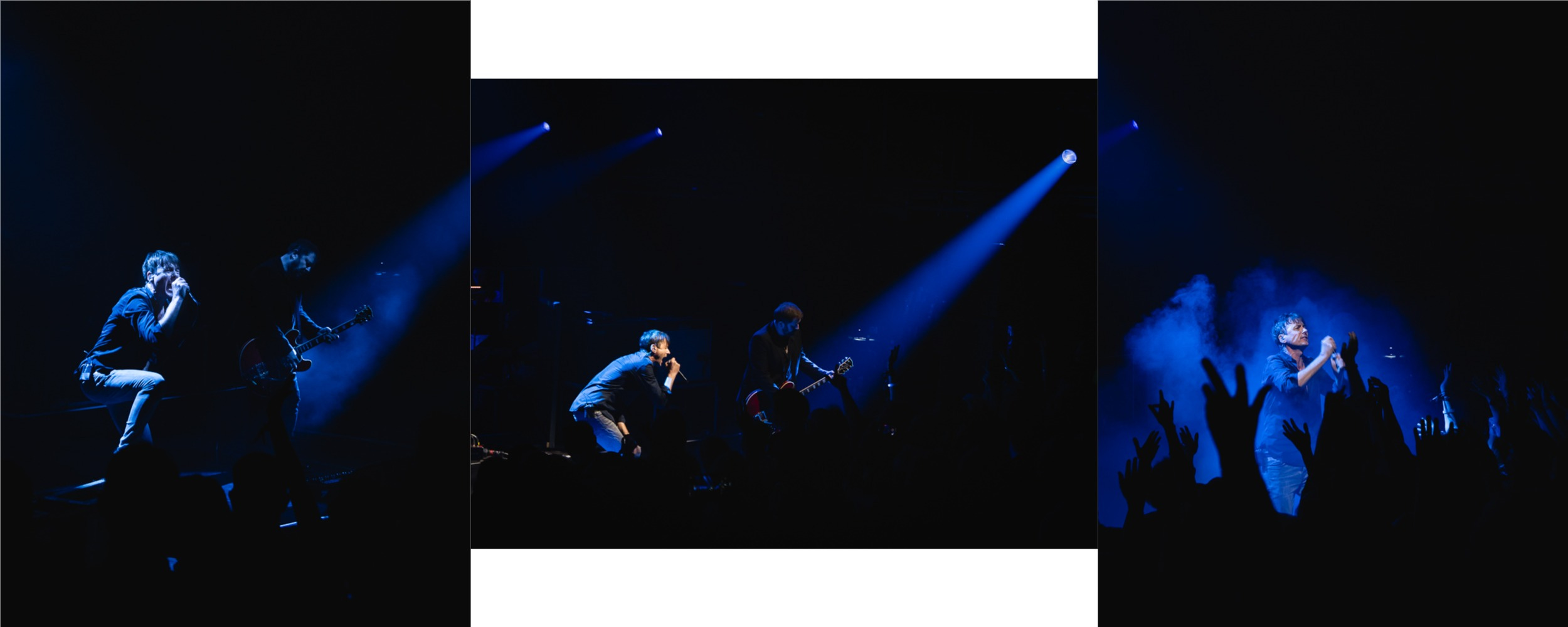
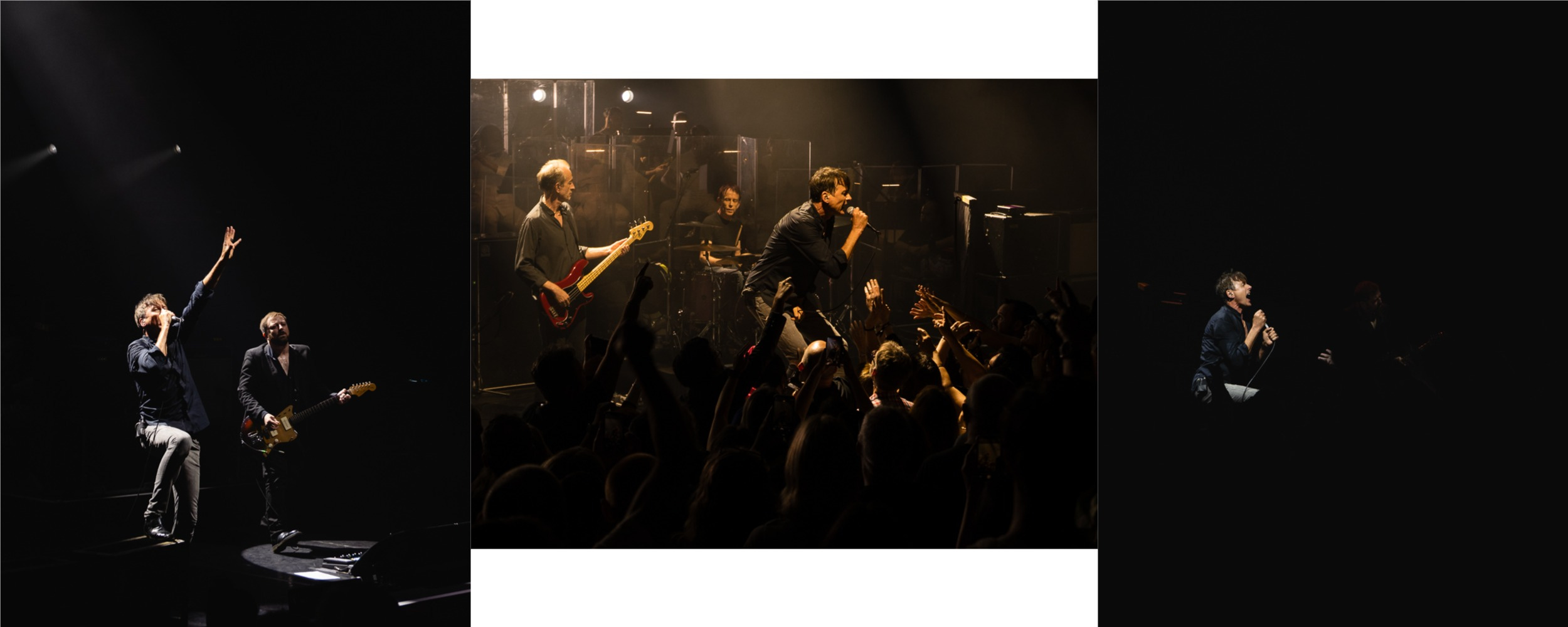
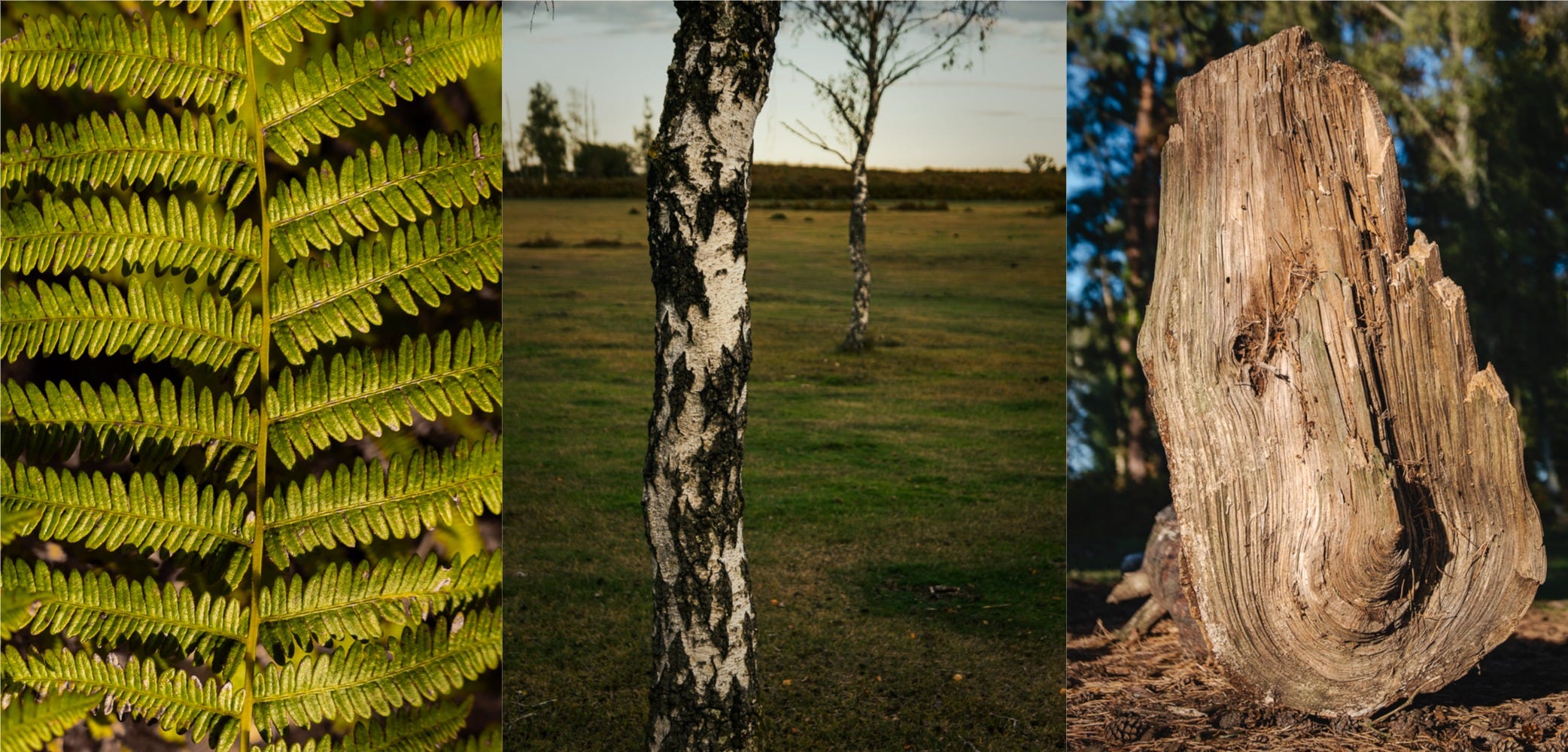
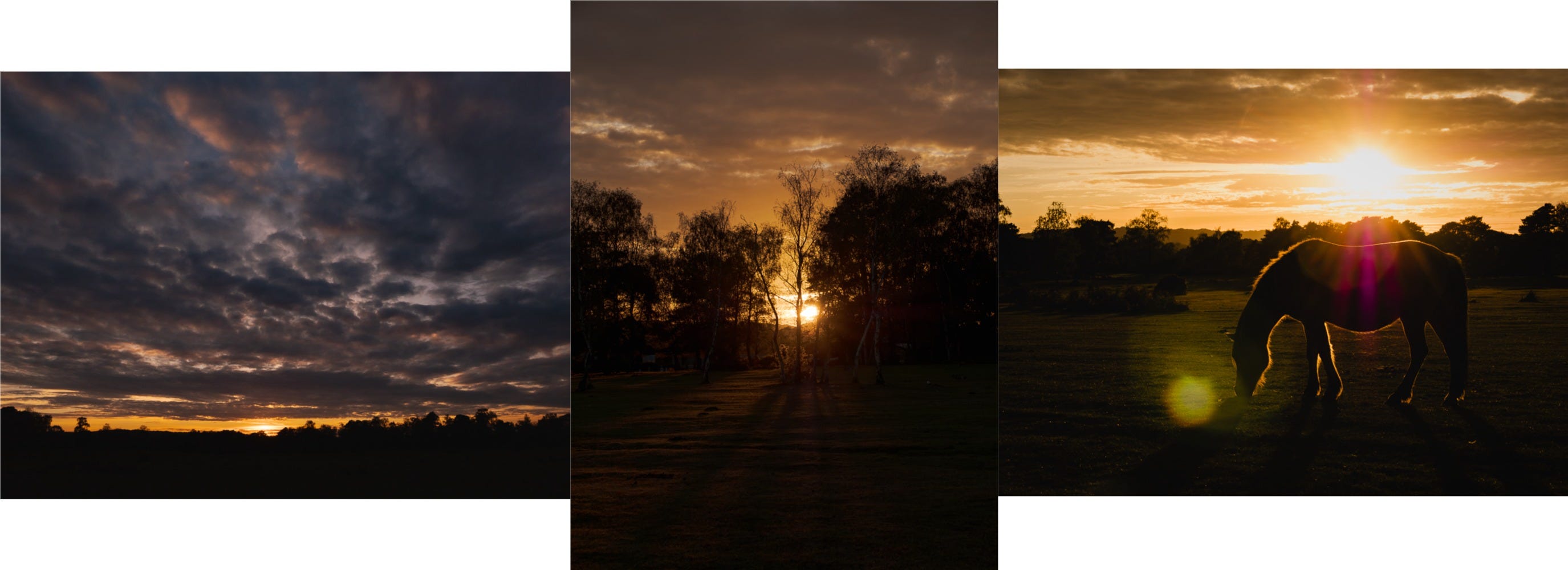
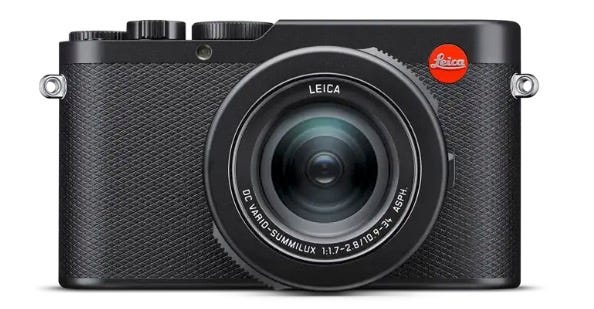
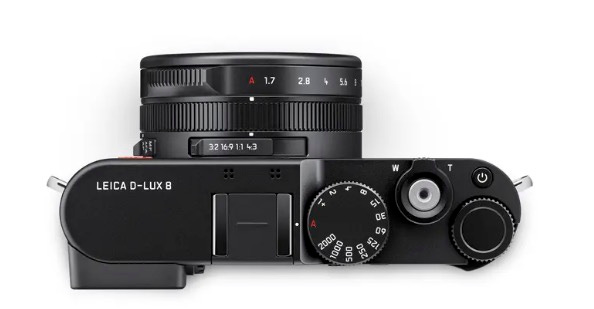
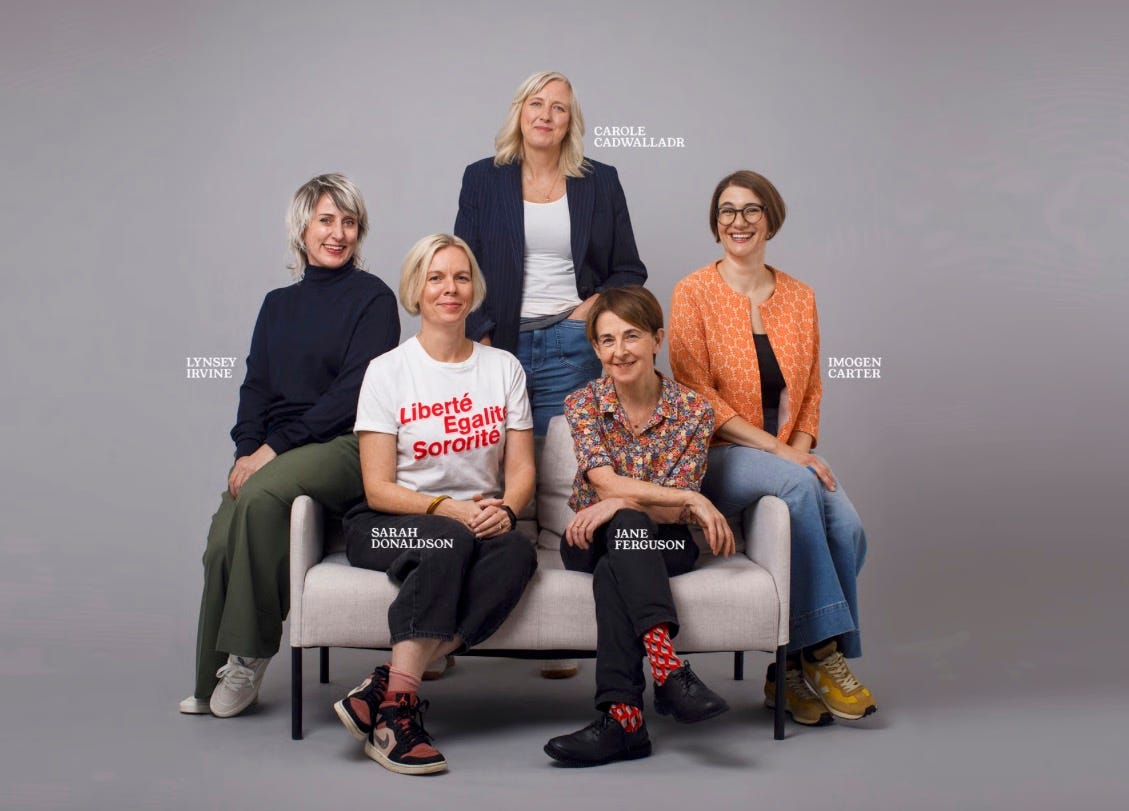
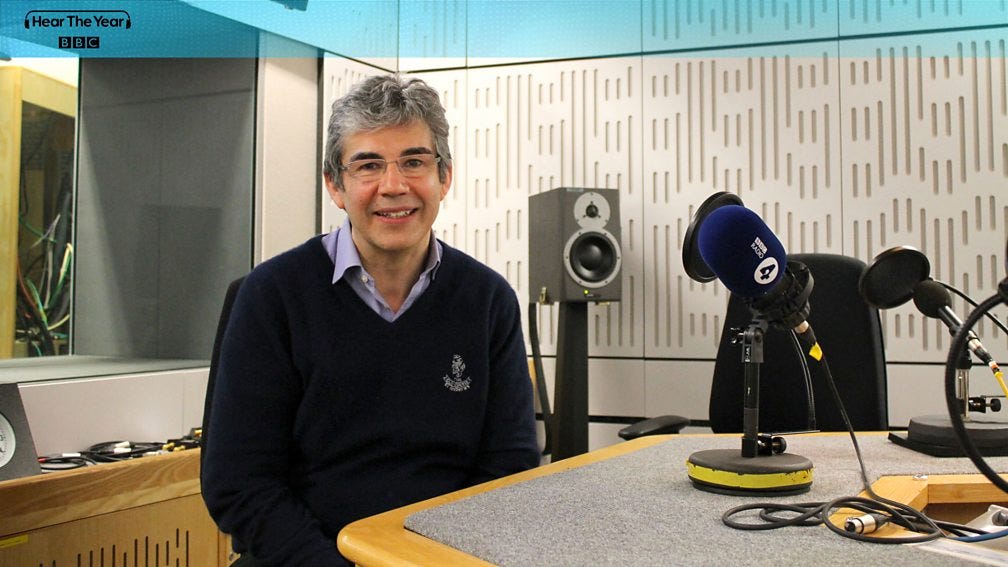

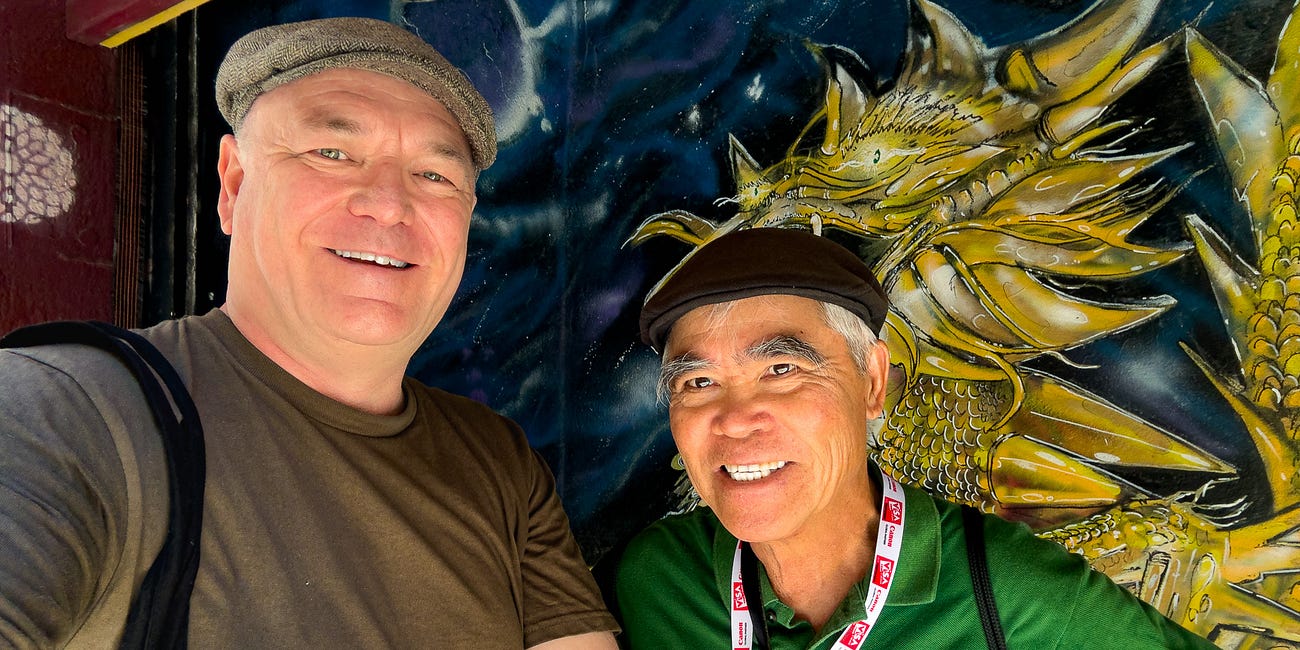
Thanks for the newsletter! David Nott is also quite an inspiration. War Doctor is an excellent read
Such a good read, thanks! So much to digest…and invest in!